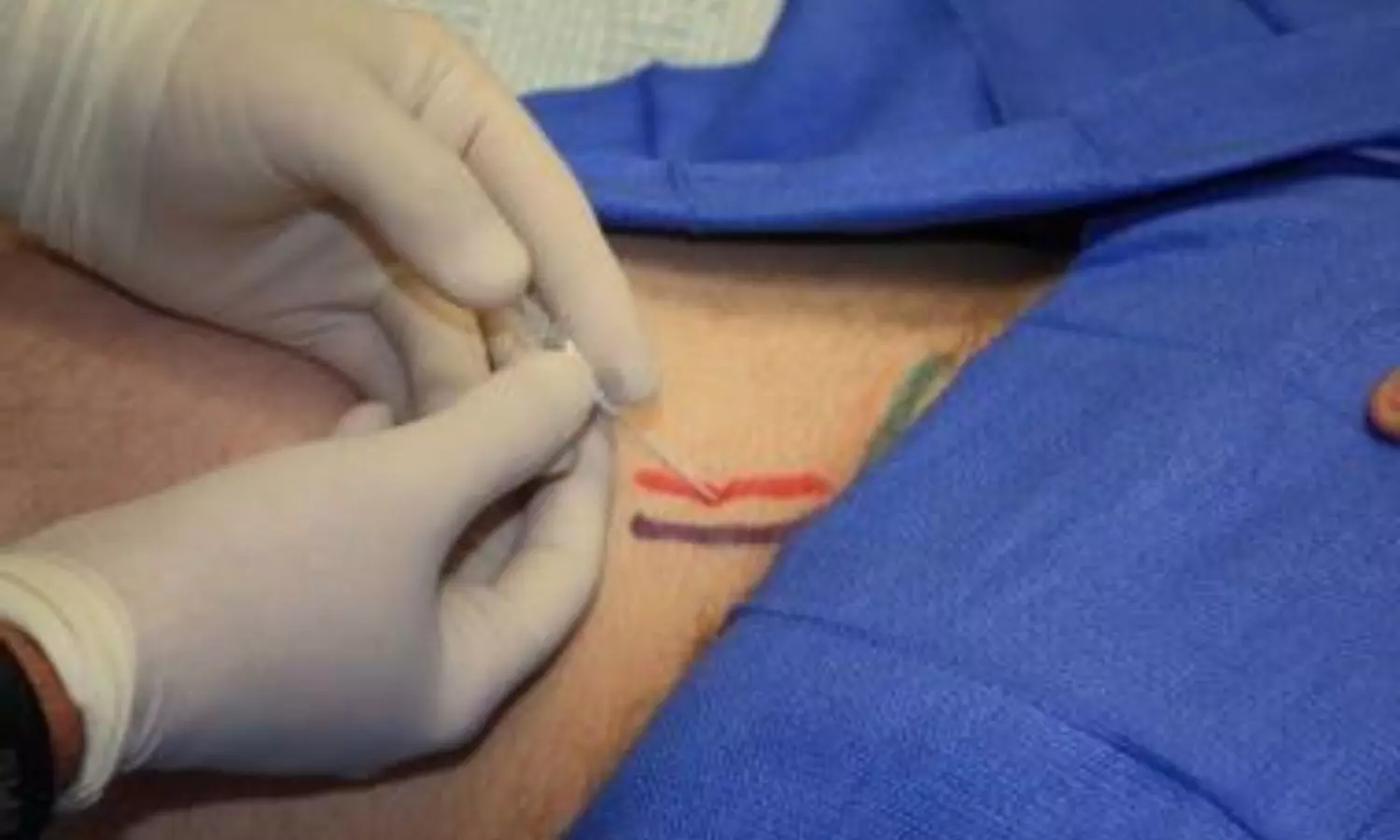Ultrasound-guided Axillary Artery Catheter Placement: Enhancing Care in Critically Ill Patients

USA: In critical care medicine, the precision of medical procedures can mean the difference between life and death. One such procedure gaining traction is Ultrasound-guided Axillary Artery Catheter Placement, a technique revolutionizing vascular access in critically ill patients. However, concerns regarding associated complications have emerged alongside its benefits, prompting a closer examination of its efficacy and safety.
A recent study published in the Journal of Intensive Care Medicine confirmed that ultrasound-guided axillary arterial catheters are a viable alternative for hemodynamic monitoring when femoral or radial arterial access is challenging.
“The study identified the most common complication to be minor bleeding (11%), followed by catheter malfunction (2%) and vascular complications (2%),” the researchers reported. “We found no correlation between patient characteristics and catheter complications.”
In critically ill patients, arterial catheter placement for hemodynamic monitoring is commonly performed. The femoral and radial arteries are the two sites used most frequently; data is limited on the use of axillary arteries for this purpose. Stephanie Cardona, Department of Critical Care Medicine, The Mount Sinai Hospital, New York, NY, USA, and colleagues aimed to investigate the rate of complications from ultrasound-guided axillary artery catheter placement in critically ill patients.
For this purpose, the researchers conducted a retrospective study at a tertiary care center of patients admitted to an intensive care unit (ICU) who had ultrasound-guided axillary artery catheter placement during admission.
The primary outcome of interest was catheter-related complications, including vascular complications, bleeding, stroke or air embolism, catheter malfunction, compartment syndrome, and the need for surgical intervention.
The researchers reported the following findings:
- The study identified 88 patients with an ultrasound-guided axillary artery catheter placed during the admission. Of these 88, nine patients required multiple catheters placed, for 99 axillary artery catheter placement events. The median age was 64, 47% were female, and the median body mass index (BMI) was 26.
- The most common complication was minor bleeding (11%), followed by catheter malfunction (2%) and vascular complications (2%).
- Univariate analyses did not show any association between demographics, clinical variables, and complications related to axillary arterial catheters.
The study found that the most common complication with ultrasound-guided axillary artery catheter placement was minor bleeding, followed by catheter malfunction and vascular complications.
Ultrasound-guided axillary arterial catheters are an alternative in patients in whom femoral or radial arterial access is difficult or impossible to achieve.
Reference:
Cardona, S., Gross, A. S., Yu, A. T., Bassily-Marcus, A., Oropello, J., & Manasia, A. (2024). Ultrasound-guided Axillary Artery Catheter Placement and Associated Complications in Critically Ill Patients. Journal of Intensive Care Medicine. https://doi.org/10.1177/08850666241257417



